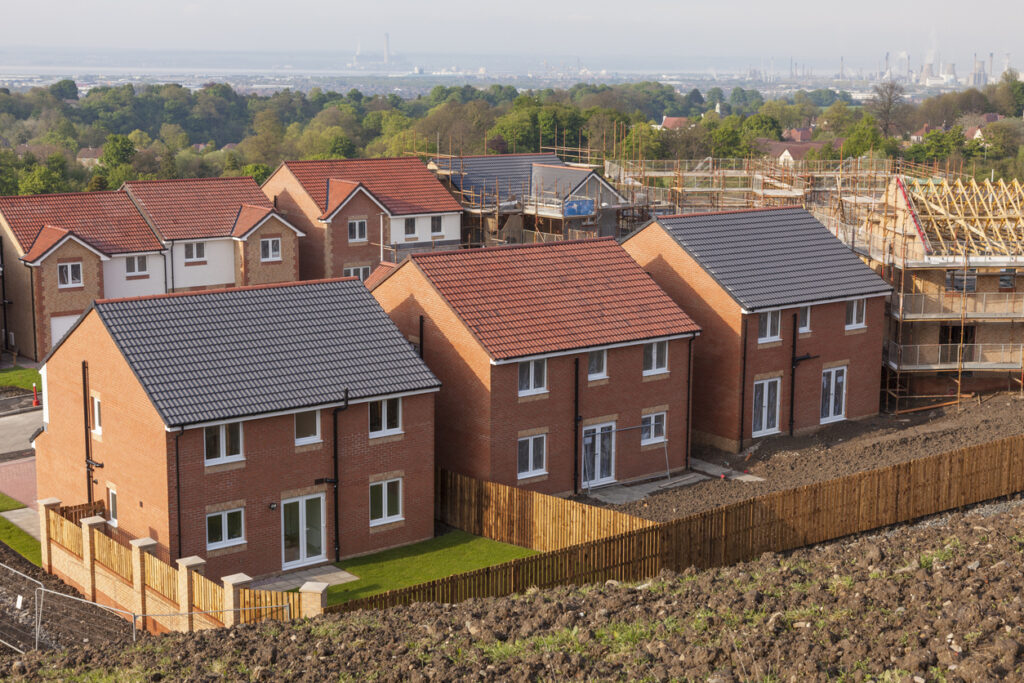What the WCC v Gems House ruling means for mortgagee protection clauses in affordable housing
The recent High Court ruling in WCC v Gems House(Westminster City Council v Gems House Residences Chiltern Street Ltd & Anor [2025] EWHC 1789 (Ch)) centred around the operation and interpretation of mortgagee protection clauses (‘MPCs’) in S106 agreements. The case resulted in a favourable ruling for lenders and affordable housing registered providers (‘RPs’) and provides clarity on how MPCs are treated in practice, particularly concerning the balance of interests between developers, lenders, and local authorities.
We explain what this ruling means for registered providers going forwards.
What is a mortgagee protection clause?
In the context of S106 agreements, an MPC is designed to protect a lender who has provided financing for a development project. In essence, the MPC ensures that, if the borrower/developer default on their obligations, the lender can exercise remedial rights (including the right to repossess and dispose of properties in charge) before the local authority is permitted to issue a demand for a financial contribution or enforce penalties under the S106 agreement.
In affordable housing schemes, where an S106 is negotiated between the local authority and the developer, the MPC provides an additional layer of protection to ensure that the lender’s investment is safeguarded against the failure of the borrower to comply with its S106 obligations.
Background to the case
WCC v Gems House featured a developer entering into an S106 with Westminster City Council for a 60-home mixed-use residential development. Under the S106, the development was required to deliver at least 16 affordable homes.
The 16 affordable homes were owned and operated by an RP, which was ultimately de-registered as a social landlord and subsequently defaulted on its loan agreement. As a result of this default, the lender relied upon the MPC within the S106 agreement and sold the 16 affordable homes – with a view to them being let on the open market.
The key issue in the case was whether the lender could rely upon the MPC and sell the affordable homes on the open market to maximise cost recovery, or whether WCC could resist this on the basis that the homes must only be used for affordable housing.
Ultimately, the court dismissed WCC’s claim. The judges determined that the MPC applied, and the affordable homes were not bound by the affordable housing restrictions within the S106. Notably, judge Hodge KC cited the commercial purpose of the MPCs to protect the lenders’ ability to recover full value on affordable homes in the event of the RPs default.
What does the outcome mean for registered providers?
The court’s decision confirms that MPCs can effectively safeguard lenders from affordable housing planning restrictions, thus protecting the value of the lender’s security and enabling them to lend against affordable homes at ‘market value subject to tenancy’ (‘MV-STT’).
However, where the drafting of an MPC lacks clarity, or is not in a standard format, funding may be restricted to existing use value for social housing (‘EUV-SH’), rather than the more favourable MV-STT. The use of EUV-SH can have a substantial impact on reducing the financial value of an RP’s property portfolio. Drafting choices can materially affect the enforceability of MPCs, therefore it is crucial to take professional advice on MPC wording to ensure that the clause affords adequate protection.
The ruling also assures the sector that MPC wording continues to offer reliable protection for funders and registered providers, thereby preserving access to finance in affordable housing S106 schemes.
MPCs are a valuable provision to encourage lending on s106 schemes in turn allows RPs to raise funding against affordable homes, and also to secure additional funds which can be used for investment in existing properties and/or new developments. Nonetheless, the judgment does makes clear that the courts are mindful of striking a balance between maximising borrowing capacity and ensuring social housing units are not lost to the sector.
Overall, this is a welcome judgment for lenders and RPs which enables the affordable housing sector to remain confident in the standard MPC wording and secure funding on S106 schemes.
How we can help
The wording of a mortgagee protection clause can make a significant difference to a registered provider’s funding position, portfolio value and overall risk exposure. Our affordable housing team has extensive experience advising on the negotiation and interpretation of MPCs within S106 agreements.
By combining our technical expertise in planning and property law, with a practical understanding of the affordable housing sector, we help clients structure their S106 schemes to preserve access to finance, protect their assets and plan confidently for the future.
To discuss how this ruling may affect your organisation and your upcoming projects, please get in touch with a member of our affordable housing team.







